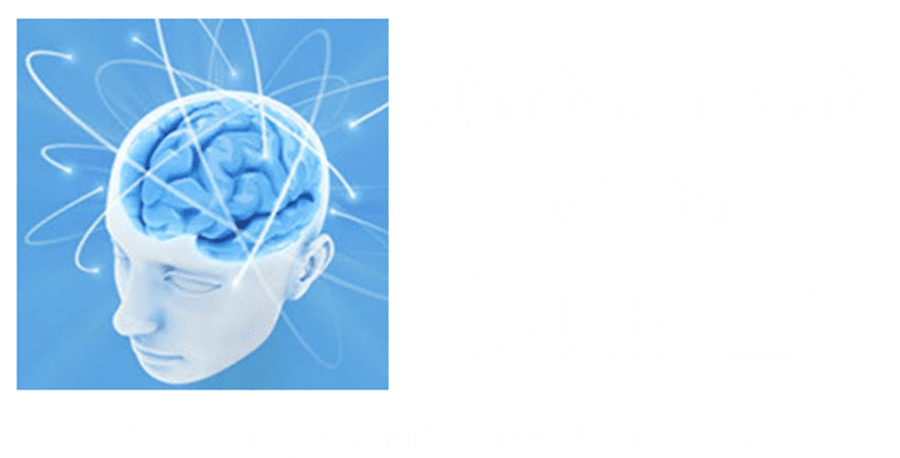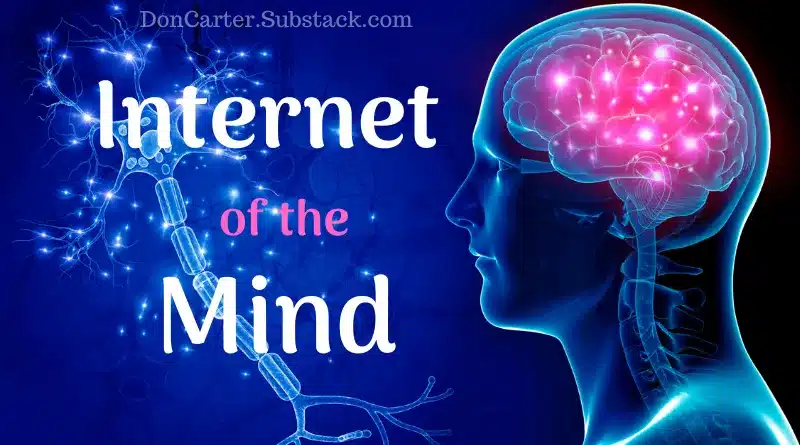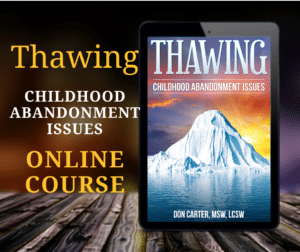
Mirror Neurons and Co-Regulation
What do we do when a baby smiles? That’s right, most, if not all of us cannot help but feel good and smile back. What do we do when a baby has been fed, had a diaper change, a proper nap, and we have tried everything to soothe the baby, but the baby won’t stop crying? We feel frustrated, and most likely many of the same sort of feeling that the baby is expressing. That’s because our brains have little computers in them called mirror neurons.
Mirror Neurons: What they are and Why They are Important
Top-Down and Bottom-Up Processing
Bottom-up processing refers to the notion that perception, (i.e., how we interpret incoming sensory data such as visual, auditory, and kinesthetic input) Informs and influences our decision-making, emotional experience, and/or behavior. An example of bottom-up processing might be stepping off the curb, suddenly hearing a horn and seeing a speeding car coming at you causing you to reflexively jump back onto the curb. Thank goodness our brain can process 20 million billion bits of data per second!
Top-down processing is the idea that conceptual data, (i.e., internal visual, auditory, and kinesthetic representations, in the form of memories) already encoded in the neural circuitry of our higher-level cognitive/thinking brain, influences our decision-making, emotional experience, and/or behavior. An example of top-down processing would be the ability to walk from your bed to the bathroom in your house in the dark. You have a visual, spatial representation, aka cognitive map, of your house in your mind’s eye. It is that internal representation that allows you to navigate the terrain without sight. Try doing that on your first night in a new house!
So, bottom-up processing says that perception directs cognition. Top-down processing says that perception is constructed by cognition. Fortunately, it’s not either/or, it’s both/and… Your supercomputer brain is capable of both forms of processing. However, since infants, toddlers, and preschoolers have few internal representations or cognitive maps, they spend most, if not all, of their time in bottom-up mode while adults spend the vast majority of their time in top-down mode because they have a huge library of cognitive maps gleaned and refined by years of life experience.
Emotional Co-Regulation
Because of mirror neurons, children are typically in bottom-up mode interacting with adult caregivers who are or should be, in top-down mode. This is the ideal arrangement, although not always as we will see later on. The action and reaction of mirror neurons are responsible for learning through emulation and imitation. Co-regulation is the term used for these interactions between parent and child. Without regular interaction with someone to imitate, learning would not take place. Some believe the child would eventually die from a lack of input and stimulation.
Morris Massey calls the first seven years of life the imprint period. According to Massey, in this period the child’s brain is like a sponge…every emotionally significant thing the child experiences tends to go straight into their subconscious mind. This makes most of the learning during this period subconscious, hence the term imprint. It matters not whether the imprinted emotional material was positively or negatively charged. Mirrors simply reflect they don’t judge or evaluate. So, it’s not the positive or negative charge, it’s the intensity and/or repetition of the event that determines the initial strength of the imprint.
Prior to birth, a child is almost symbiotic with mother, eating what she eats, feeling what she feels, etc… the rest of childhood is about separation. The first major separation comes at birth. They even cut the cord making it a complete physical separation. Now there are two distinct persons. But, emotionally mother and child remain somewhat enmeshed. This is the healthy form of enmeshment that helps mom remain attuned to the child and her/his needs.
The second major separation, the emotional birth, comes at-or-around 18 months. It’s often referred to as the terrible two’s. The “boo-boo lip” is not quite as effective anymore, so the temper tantrums begin. The angry/defiant aspect of our personality finds its voice, and it says NO! But, the real era of the angry child is yet to come in adolescence.
Co-regulation of emotions is important because the child lacks the internal mechanisms to regulate their own emotions and soothe themselves. This is why cooing, rocking, and lullabies are so important. The younger a child is, the more emotionally enmeshed it is with the primary caregivers.
Co-regulation refers to the fact that infants depend TOTALLY on their caretakers to detect, evaluate, and meet their physical, emotional, and psychological needs – hence, the term ‘dependency needs.’ By the time they are ready to leave home, the young adult must be able to regulate these needs on their own.
As the child grows older they gradually need less and less co-regulation. Toddlers venture further away from mom, but still need to turn around a look to make sure she’s still nearby, preschoolers spend more and more time playing by themselves or with others, but still need supervision. School-aged kids leave home and go out into the world to practice more independence and opportunities to learn self-regulation.
Adolescence is all about breaking the emotional apron strings, which can be a painful thing. The harder parents try to hold on to control, the more the teenager will need to rebel. It is the major task of the teen to break the emotional and physical bonds with parents so they can become fully-functioning, adult human beings.
So, co-regulation provides the input the child needs to develop proper coping skills. Without regular, attentive, and consistent co-regulation the child must develop survival skills. In a less-than-nurturing family regular, attentive, and consistent co-regulation is not always available. Sometimes it is hardly available at all, and in other families, it is inconsistently available at best. When problems with co-regulation exist in parent-child relationships there is trouble in paradise.
Mirror Neurons are at the Root of Many Problems:
- Poor Attachment Styles
- Chronic Stress
- Mood Disorders
- Low Self-Esteem
- Poor Self-Care
- Victim Mentality
- Toxic Relationships
- Adult/Child Syndrome
- Complex PTSD
- Abandonment Issues
- Unmet Childhood Dependency Needs
- Cultural Phenomena
As we learn more and more about neuroplasticity, mirror neurons, and the biological location of change we refer to as neural networks we develop more and more ways to apply that knowledge in the therapeutic relationship between therapist and client. Check out the links below to learn more about your supercomputer brain!
Integrative Psychotherapy
At Carter Counseling and Consulting Services, Don and Angie’s approaches consist of elements in what has been called Integrative Psychotherapy. This is an assimilative eclectic blend of complementary therapy approaches provided on a foundation framework of Erik Erikson’s eight developmental stages of life. All of them are ideal for directly and purposefully focusing in on dysfunctional neural networks with some precision.
Here are the approaches we draw from:
- EMDR
- Clinical Hypnosis
- Internal Family Systems
- Satir’s Family Systems
- Ego-State Therapy
- Gestalt Therapy
- Precision CBT
- Parts Integration Therapies
- Transactional Analysis
- Twelve-Step Recovery
- Neuro-linguistic Programming (NLP)
These approaches to helping have several things in common. Primarily that they are all based upon the idea that people have many different parts or aspects of self. Also, these parts of self come together to make up a whole system of Self. The mind-body system is functional and referred to as integrated when all parts work in harmony together. But most, if not all, mind-body systems contain dysfunctional neural networks. The self is considered to be fragmented when many parts are frequently in conflict with each other or otherwise cause problems in our life when they “get triggered.”




